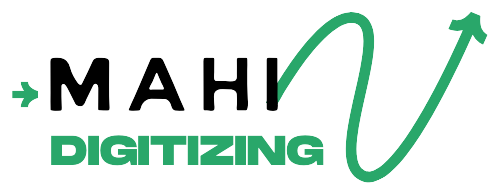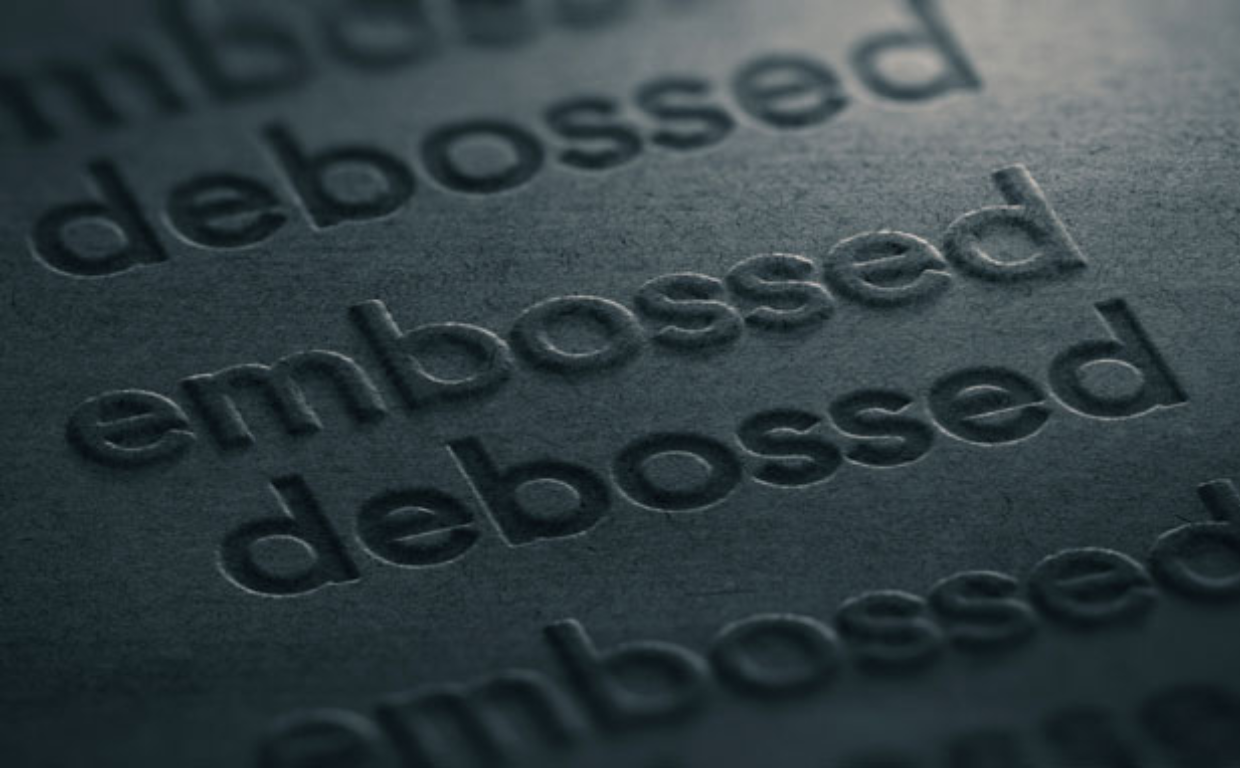Leather patches bring timeless style and texture to apparel, accessories, and premium merchandise. But choosing between embossed and debossed designs can make a major difference in your brand’s presentation. At Mahi Digitizing, we help you understand these two techniques to ensure your leather patches leave a lasting impression.
Understanding Embossing
Embossing is a process where the design is raised above the surface of the leather. This creates a three-dimensional effect that draws the eye and adds tactile appeal.
Heat and pressure are applied to shape the design using a custom metal die. The result is a clean, elevated impression that gives your logo or graphic a sculpted look.
This style is often paired with foil stamping or color fill for added flair and contrast, making it ideal for fashion and lifestyle brands.
Embossed patches work particularly well on light or mid-tone leather where shadows can highlight the raised elements.
Our team at Mahi Digitizing provides emboss-ready design files to ensure perfect results during production.
Understanding Debossing
Debossing creates the opposite effect of embossing. Instead of raising the design, the image or logo is pressed down into the leather surface.
This subtle and refined look provides a permanent impression that feels luxurious and discreet.
Debossing is favored for minimalist branding and classic fashion items, where understated detail adds a touch of elegance.
The process uses pressure and heat to push the artwork into the material, often without requiring color or foil enhancements.
Mahi Digitizing supplies precise debossing files to make sure every detail is captured accurately on your patches.
Key Design Differences
While both methods use pressure and heat, the design outcome is what truly sets them apart. Embossed patches add visual height, while debossed patches sink into the leather for depth.
Embossing tends to feel more bold and expressive, making it perfect for fashion-forward brands, while debossing lends itself to elegant and professional aesthetics.
The type of leather, design complexity, and product application should all influence your choice between the two.
Some brands even use a combination of both techniques for layered texture and visual complexity.
At Mahi Digitizing, we help clients evaluate the pros and cons of each technique for their specific branding needs.
Application and Usage Examples
Embossed leather patches are common on high-end fashion pieces like jackets, denim, and luxury bags. They stand out in product photos and in retail displays.
Debossed patches are preferred for wallets, notebooks, uniforms, and products that require a more formal or traditional appearance.
Embossing can work well with colored or textured leather, while debossing shines on smooth, natural finishes that enhance detail.
Choosing the right method can elevate your brand’s aesthetic, whether you want bold recognition or subtle sophistication.
We guide you in selecting the technique that aligns with your product type, market, and overall style direction.
When to Choose Embossed vs. Debossed
- Choose Embossed: If you want raised, attention-grabbing visuals for fashion branding or promotional items.
- Choose Debossed: If your brand values sleek, subtle aesthetics often seen in heritage or luxury lines.
- Use Embossing: When color or foil enhancements are part of the design for added visibility.
- Use Debossing: For tonal designs where shadows and texture speak louder than color.
- Consider Both: If your brand wants a layered leather patch that delivers depth and dimension.
Mahi Digitizing helps you make an informed choice by reviewing your brand goals and product type before recommending a patch style.
Material Considerations for Both Styles
The choice of leather plays a big role in how well embossing or debossing will turn out. Softer leathers respond better to pressure and retain sharper detail.
Thicker leather provides a more dramatic result, especially for embossed patches that need noticeable elevation.
For debossing, smooth and firm leather types like vegetable-tanned leather help achieve a clean imprint without distortion.
We recommend testing your patch design on your preferred leather before full production for optimal results.
Our design team adjusts your artwork to complement the leather’s texture and durability for long-lasting quality.
Partner with Mahi Digitizing for Premium Patch Files
At Mahi Digitizing, we specialize in preparing high-quality files for both embossed and debossed leather patches. We work with brands across fashion, lifestyle, and merchandise industries to ensure every patch delivers on design and performance.
We offer artwork consultation, material guidance, and file setup for laser etching, stamping, and machine processing.
Whether you’re launching a new product or upgrading your branding elements, we’re here to help.
Request a quote or contact us to get started on your custom leather patch designs today.

